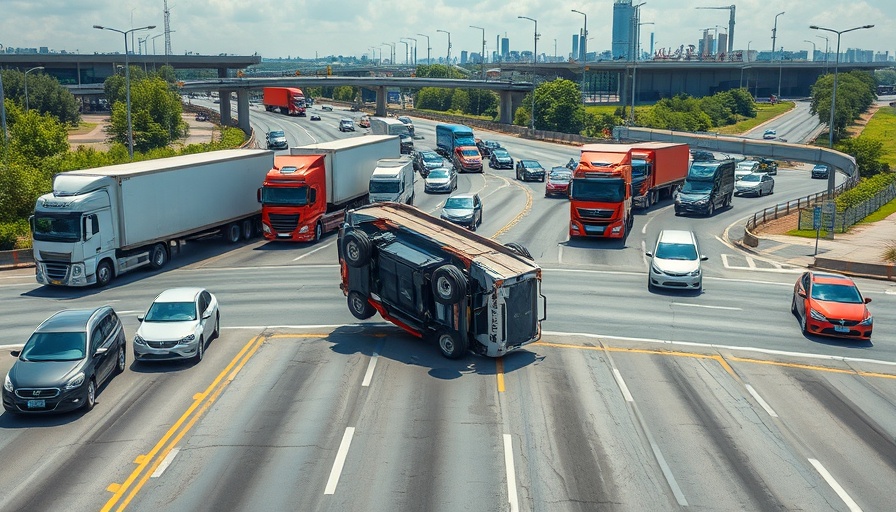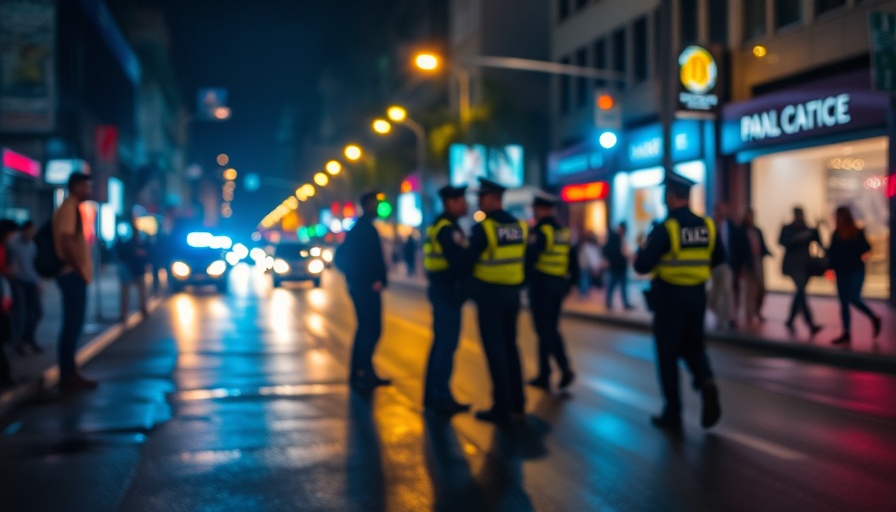
Emergency Response Turned Hazard: A Near Miss for Law Enforcement
In a shocking incident in Brandon, Florida, a Hillsborough County Sheriff’s deputy experienced a harrowing moment when their cruiser was struck by a pickup truck, resulting in the vehicle flipping over. The deputy, responding to another emergency with lights and sirens activated, was fortunate to sustain only minor injuries, highlighting the often-overlooked dangers faced by law enforcement officers in the line of duty.
Your Safety Matters: The Importance of Visibility in Law Enforcement
This incident underscores the critical nature of safety protocols in emergency responses. With the cruiser clearly marked and activated emergency lights, one would expect drivers to yield. However, complacency can rear its head in these high-tempo environments. Training that emphasizes the importance of situational awareness, both for officers and motorists, is paramount. Investing in additional technology, like enhanced lighting systems or reflective gear, could further bolster officer visibility during emergencies.
Community Awareness: The Role of Drivers in Supporting Law Enforcement
As public safety advocates, it is imperative to foster a deeper understanding among community members of the requirements and urgency that law enforcement operates under. A campaign aimed at educating drivers about yielding to emergency vehicles could significantly reduce incidents like this. Regular outreach initiatives and reminders could play a vital role in promoting road safety, ensuring that citizens are aware of how their actions impact officer safety.
Innovations in Officer Safety: A Look Toward the Future
As technology evolves, so too must the tools that law enforcement employs for their safety. Body-worn cameras and AI analytics are already transforming police work, but the integration of advanced warning systems in patrol cars could be a game-changer. Vehicles equipped with automatic alerts that specifically signal their presence at intersections may reduce accidents involving emergency response units, ultimately preserving not only officer safety but also civilian safety.
The Mental Toll: Addressing Officer Wellness Post-Incident
Every incident, especially those involving traffic collisions, can lead to stress and psychological repercussions for officers. It’s essential for police departments to have robust support systems in place for mental health, offering resources to help officers process events like these. By focusing on officer wellness and implementing comprehensive post-incident recovery protocols, departments can enhance resilience among their personnel, fostering a healthier work environment.
Call to Action: How You Can Make a Difference
As communities witness such incidents, the onus falls on everyone—law enforcement, policymakers, and citizens alike—to improve safety measures for those in uniform. Supporting initiatives that promote road safety education, developing stronger policies for emergency response training, and enhancing officer safety technology are essential steps. Together, we can create a safer environment for our officers and the communities they serve.
 Add Row
Add Row  Add
Add 

 Add Element
Add Element 




Write A Comment